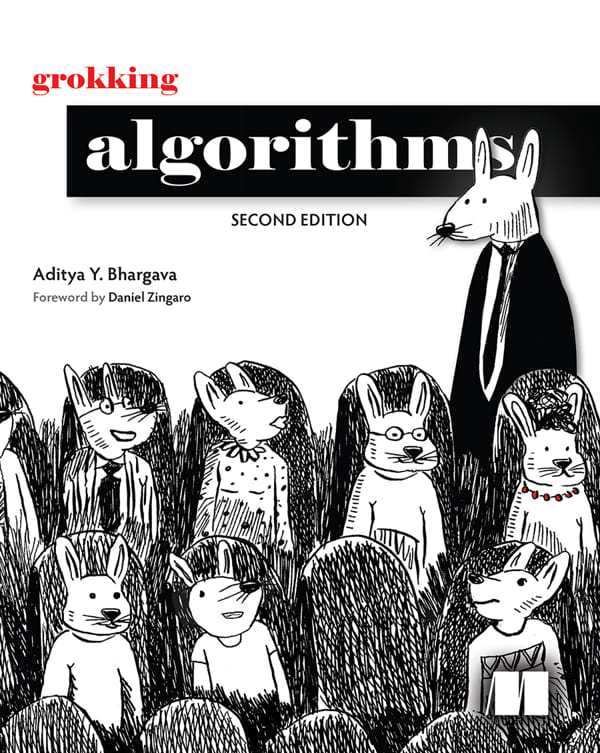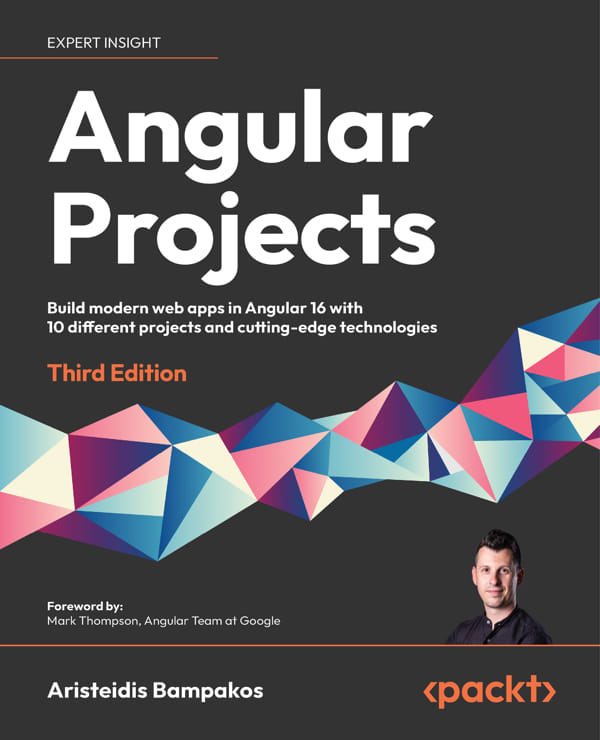Agile Principles, Patterns, and Practices in C#

در این کتاب یک سری موارد مطالعاتی ارائه میشود که مبانی توسعه چابک و طراحی چابک را همراه مثال بیان کرده اند و به سرعت از مدلهای UML به کدهای #C واقعی میرسند. فصلهای ابتدایی اصول توسعهی چابک را مطرح میکند، در حالی که در فصلهای بعدی تکنیکهای اثبات شده در عمل نشان داده میشود.
چه برنامه نویس #C باشید یا ویژوال بیسیک یا حتی برنامه نویس جاوا که در حال یادگیری #C باشید، مدیر توسعه نرم افزار و یا تحلیل گر تجاری باشید، کتاب Agile Principles, Patterns, and Practices in C# اولین کتابی است که شما باید برا ی یادگیری نرم افزار چابک مطالعه کنید و چگونگی به کاربردن آن در برنامه نویسی چارچوب NET. را بیاموزید.
Readers will come away from this book understanding
• Agile principles, and the fourteen practices of Extreme Programming
• Spiking, splitting, velocity, and planning iterations and releases
• Test-driven development, test-first design, and acceptance testing
• Refactoring with unit testing
• Pair programming
• Agile design and design smells
• The five types of UML diagrams and how to use them effectively
• Object-oriented package design and design patterns
• How to put all of it together for a real-world project
Table of contents:
Chapter 1. Agile Practices
Chapter 2. Overview of Extreme Programming
Chapter 3. Planning
Chapter 4. Testing
Chapter 5. Refactoring
Chapter 6. A Programming Episode
Chapter 7. What Is Agile Design?
Chapter 8. The Single-Responsibility Principle (SRP)
Chapter 9. The Open/Closed Principle (OCP)
Chapter 10. The Liskov Substitution Principle (LSP)
Chapter 11. The Dependency-Inversion Principle (DIP)
Chapter 12. The Interface Segregation Principle (ISP)
Chapter 13. Overview of UML for C# Programmers
Chapter 14. Working with Diagrams
Chapter 15. State Diagrams
Chapter 16. Object Diagrams
Chapter 17. Use Cases
Chapter 18. Sequence Diagrams
Chapter 19. Class Diagrams
Chapter 20. Heuristics and Coffee
Chapter 21. COMMAND and ACTIVE OBJECT: Versatility and Multitasking
Chapter 22. TEMPLATE METHOD and STRATEGY: Inheritance versus Delegation
Chapter 23. Facade and Mediator
Chapter 24. Singleton and Monostate
Chapter 25. Null Object
Chapter 26. The Payroll Case Study: Iteration 1
Chapter 27. The Payroll Case Study: Implementation
Chapter 28. Principles of Package and Component Design
Chapter 29. Factory
Chapter 30. The Payroll Case Study: Package Analysis
Chapter 31. Composite
Chapter 32. Observer: Evolving into a Pattern
Chapter 33. Abstract Server, Adapter, and Bridge
Chapter 34. PROXY and GATEWAY: Managing Third-Party APIs
Chapter 35. Visitor
Chapter 36. State
Chapter 37. The Payroll Case Study: The Database
Chapter 38. The Payroll User Interface: MODEL VIEW PRESENTER
 می پسندم
می پسندم
 به درد نمی خوره
به درد نمی خوره
















